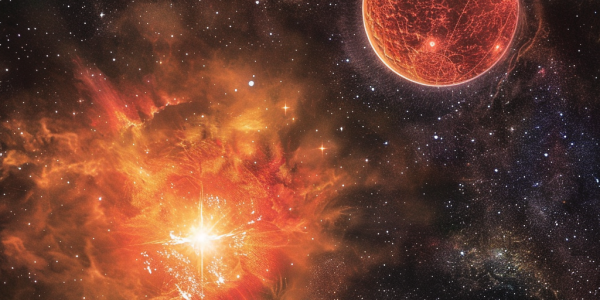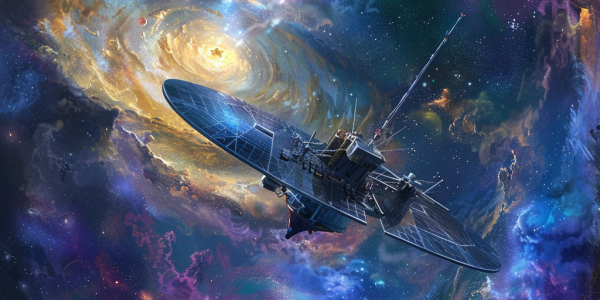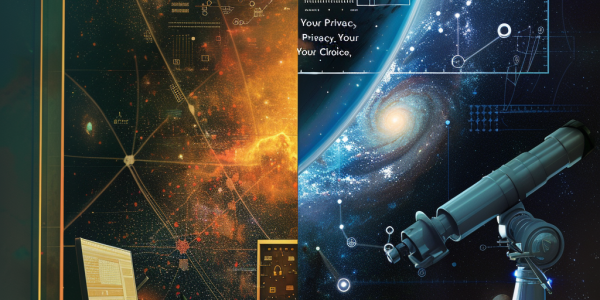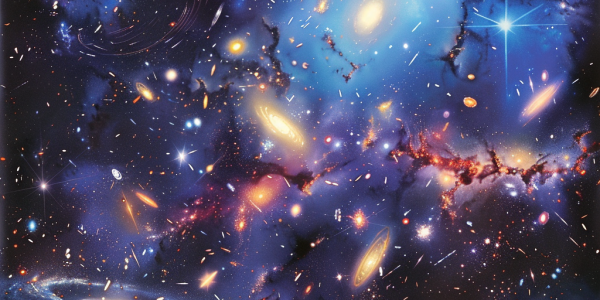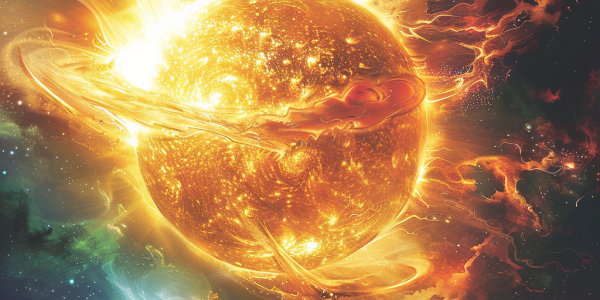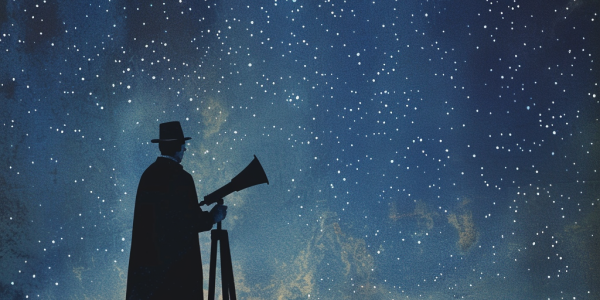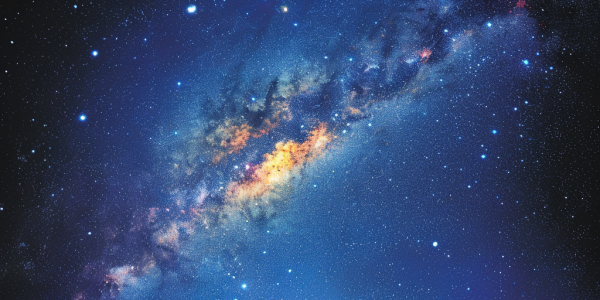New Study Reveals Betelgeuse’s Brightness Changes Linked to Companion Star
Recent research led by the Flatiron Institute reveals that Betelgeuse’s brightness fluctuations may be caused by a companion star, affectionately named ‘Betelbuddy.’ This groundbreaking study challenges previous notions of the star’s imminent supernova, suggesting instead that its variability is linked to complex interactions in binary systems. Understanding these dynamics is crucial for predicting Betelgeuse’s eventual fate and contributes to our broader knowledge of stellar evolution.
NASA Advances KU’s PRIMA Mission for $1 Billion Astrophysics Project
NASA has announced the advancement of the PRobe far-Infrared Mission for Astrophysics (PRIMA), co-led by KU’s Elisabeth Mills, to the next stage of consideration for a groundbreaking $1 billion mission aimed at exploring the cosmos in the 2030s. This mission focuses on detecting far-infrared radiation to unlock secrets about the formation of planets, galaxies, and the origins of Earth’s water, marking a pivotal moment in astrophysics research.
Milky Way Found to Be Part of Vast Cosmic Structure
Recent studies reveal that the Milky Way may be part of a colossal cosmic structure known as the Shapley Concentration, potentially ten times larger than the Laniākea Supercluster. This groundbreaking research, published in Nature Astronomy, utilizes a 3D map of over 56,000 galaxies to redefine our understanding of gravitational dynamics and the universe’s vastness. Discover how this new perspective reshapes our cosmic address and opens avenues for future exploration.
Navigating Privacy and Astronomy: Insights on Data Management and Brown Dwarf Discoveries
In today’s digital landscape, privacy is paramount as users demand transparency in data practices. Recent studies highlight the significance of managing cookie preferences to maintain control over personal data. In parallel, groundbreaking research on Gliese 229 B, a brown dwarf, reveals new insights into planet formation and binary systems, showcasing the intersection of privacy and scientific advancement.
NASA’s Hubble and New Horizons Team Up to Capture Unprecedented Images of Uranus
NASA’s collaboration between the Hubble Space Telescope and New Horizons Pluto probe has resulted in groundbreaking images of Uranus, enhancing our understanding of the icy giant’s atmosphere and its implications for exoplanet exploration. This joint effort reveals intricate details and broader perspectives of Uranus, paving the way for future missions aimed at uncovering the mysteries of distant worlds.
JWST Findings Challenge Timeline of Universe’s Reionization Epoch
Recent findings from the James Webb Space Telescope challenge established theories on the epoch of reionization, suggesting it may have ended 350 million years earlier than previously thought. This pivotal period, marked by the formation of the first stars and galaxies, plays a crucial role in our understanding of cosmic evolution. Discover how these groundbreaking observations are reshaping our knowledge of the universe’s infancy.
The Sun’s Fate: Understanding Its Evolution and Impact on Earth
Astrophysicists discuss the Sun’s future and its impact on Earth, debunking myths about a supernova. Instead, the Sun will evolve into a red giant, altering conditions on Earth and ultimately leading to a white dwarf. Understanding this stellar evolution highlights the transient nature of existence and the delicate balance of life on our planet.
AI Revolutionizes Astronomy Research at Vera C. Rubin Observatory
Artificial Intelligence (AI) is revolutionizing astronomy by enabling researchers to analyze vast datasets efficiently. With the upcoming Vera C. Rubin Observatory and its Legacy Survey of Space and Time, AI will play a crucial role in classifying galaxies and studying exoplanet atmospheres. As astronomers harness the power of machine learning, they are poised to uncover groundbreaking insights into the universe, pushing the boundaries of astronomical research.
Rediscovery of T Coronae Borealis: Celebrating John Birmingham’s Legacy in Astronomy
In 1866, John Birmingham made a groundbreaking astronomical discovery by identifying the star T Coronae Borealis, also known as the ‘Blaze Star.’ His observation on a clear night sparked a passion for astronomy, despite the challenges he faced as an Irishman in a politically charged environment. Birmingham’s legacy continues to inspire astronomers today, especially as the Blaze Star reappears in our skies this September, reminding us of the rich history of celestial observations.
New Study Sheds Light on Early-Universe Quasars Using Advanced Imaging Techniques
Recent research utilizing the Dark Energy Camera (DECam) has shed light on the environments of early-universe quasars, revealing they likely formed in densely populated regions rich in gas. Led by Trystan Lambert, this groundbreaking study is the largest on-sky area search around an early-universe quasar, VIK 2348–3054, enhancing our understanding of galaxy formation and the evolution of supermassive black holes.

